Hair Care Specialists
Insights from Trichologists and Dermatologists
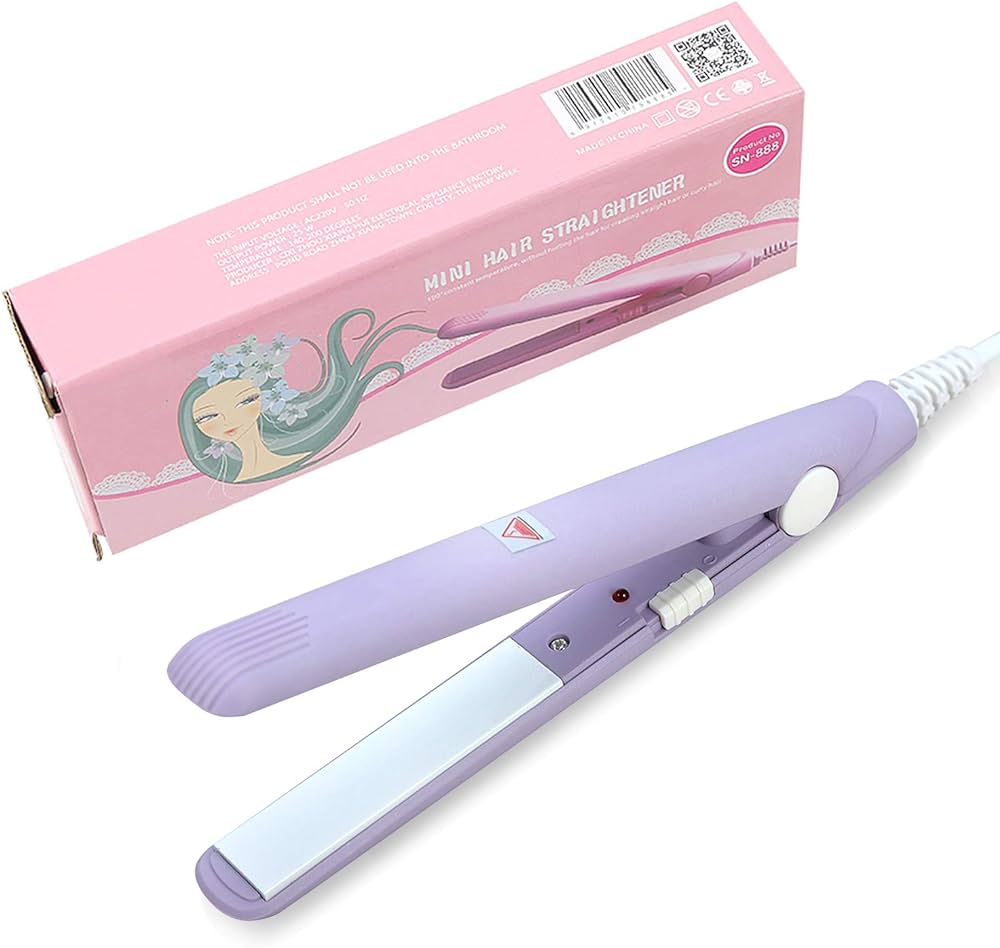
I. Introduction:
Understanding the optimal temperature for hair straightening is key to achieving beautiful, salon-worthy styles while maintaining the health and integrity of your hair. Heat is a powerful styling tool, but it can also be detrimental if not used properly. Finding the balance between effective styling and minimizing damage requires knowledge and insight from various perspectives. Finding the Optimal Hair Straightener Temperature for Perfect Styling.
In this comprehensive guide, we will explore the concept of hair straightener temperature from different viewpoints. We will delve into the insights shared by hair care specialists, such as trichologists and dermatologists, who possess specialized knowledge of hair and scalp biology. We will also consider the expertise of professional hair stylists who have hands-on experience in heat styling. Additionally, we will explore the valuable insights derived from consumer reviews, incorporating real-life experiences and preferences.
Emphasizing the importance of understanding hair structure and heat sensitivity, we will discuss the risks and concerns related to high heat and the necessity of implementing heat protection measures. Furthermore, we will explore temperature recommendations based on hair types and conditions, offering guidance on achieving optimal results while prioritizing hair health.
Whether you are a hair care enthusiast, a professional stylist, or someone eager to achieve the perfect hairstyle at home, this guide is designed to provide a comprehensive and balanced understanding of hair straightener temperature. Unlock the secrets to achieving stunning styles while keeping your hair healthy and radiant.
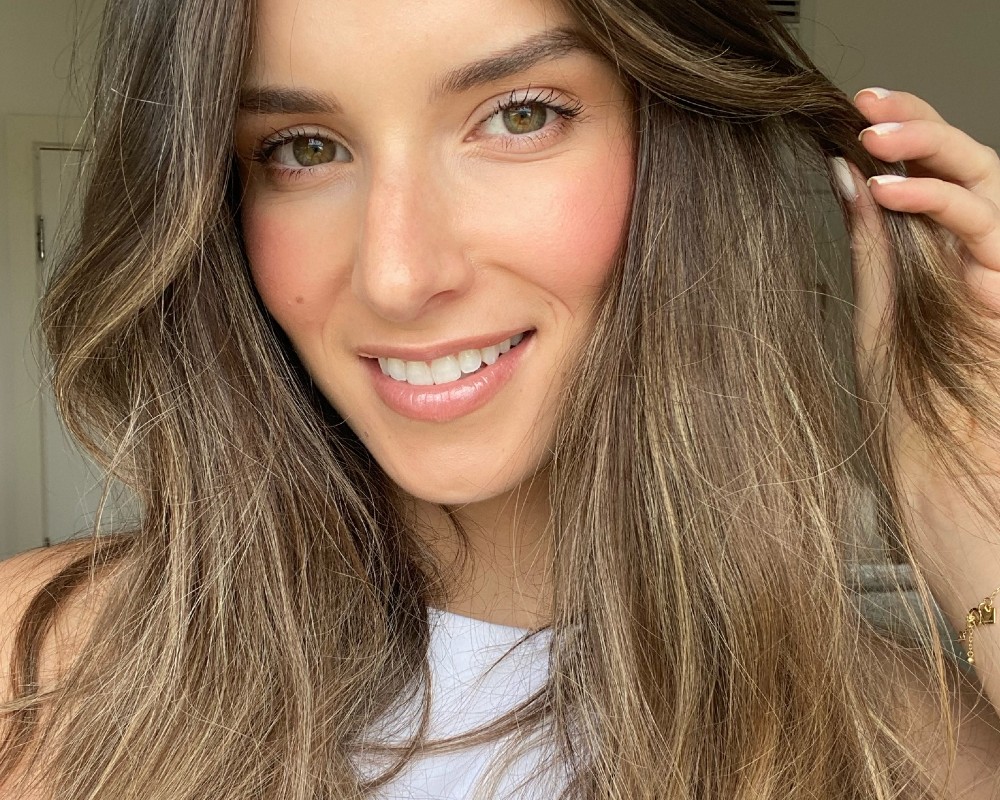
II. Understanding the Hair Structure and Heat Sensitivity
Trichologists and dermatologists have a deep understanding of the hair’s anatomical structure and how it reacts to heat. Hair is composed of a complex structure, with several layers that contribute to its strength, flexibility, and moisture balance. The outermost layer, called the cuticle, acts as a protective shield for the hair shaft. Its overlapping scales, carefully arranged like roof shingles, help to minimize moisture loss and protect the inner layers of the hair from external stressors. Applying excessive heat can cause these cuticles to lift and weaken, leading to damage and moisture loss. The underlying cortex, located beneath the cuticle layer, contains proteins, including keratin, which give the hair its strength, elasticity, and overall structural support. Exposing the hair to high temperatures can disrupt the protein structure, resulting in breakage, brittleness, and loss of overall hair health. Hair care specialists recognize the importance of protecting these vital components during heat styling to minimize any potential harm.
III. Risks and Concerns Related to High Heat
Hair care specialists are well-versed in the risks and concerns associated with high heat exposure during styling procedures. Excessive heat can damage the hair shaft, compromising its integrity and leaving it prone to breakage, split ends, and frizz. Moreover, the scalp, which plays a vital role in the health of the hair, can also be affected by excessive heat. The delicate skin on the scalp, rich in blood vessels and sebaceous glands, can become irritated and dehydrated when exposed to high temperatures for prolonged periods. This can result in symptoms such as redness, dryness, itching, or even more severe scalp conditions such as folliculitis. The knowledge of these risks helps hair care specialists educate their clients about the importance of preventing such concerns through proper heat management and protecting not only the hair but also the scalp.
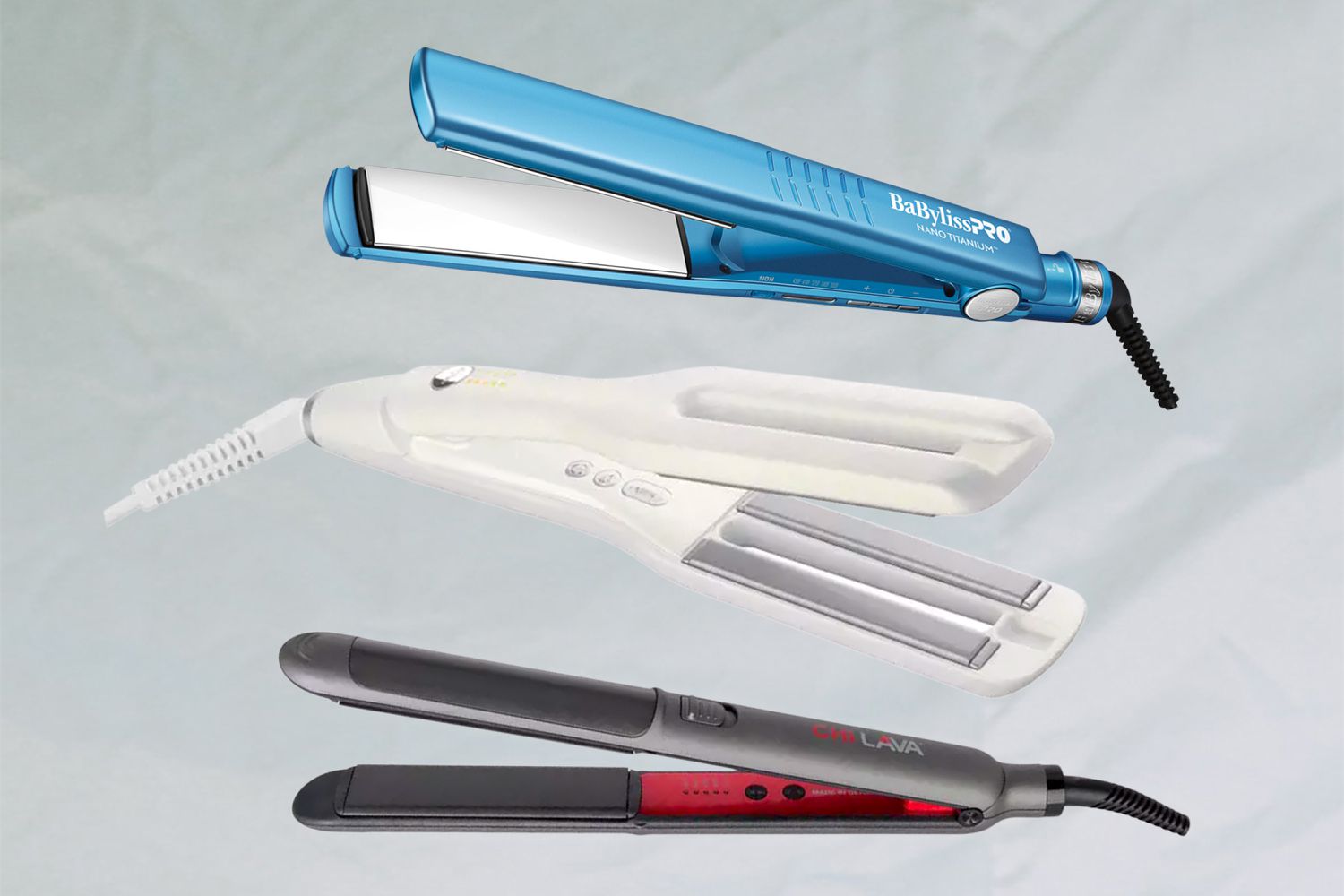
IV. Importance of Heat Protection Measures
To mitigate the risks associated with heat styling, hair care specialists recommend using heat protectants and thermal sprays as an essential part of the hair care routine. These products create a barrier between the hair and the heat source, helping to minimize direct heat damage and maintain the hair’s moisture balance. Heat protectants often contain ingredients like silicones or polymers, which help to seal the hair cuticles and provide a protective layer against the heat. By applying these products prior to heat styling, individuals can reduce the amount of heat absorbed by the hair, thus minimizing the potential damage. Additionally, hair care specialists advise limiting heat exposure and practicing moderation. It is crucial to strike a balance between achieving desired hairstyles and minimizing the impact of excessive heat on the hair. This may involve reducing the frequency of heat styling, allowing the hair to rest and recover between sessions. By incorporating heat protection measures and adopting a mindful approach to heat styling, individuals can significantly reduce the risk of damage and maintain healthier, more resilient hair.
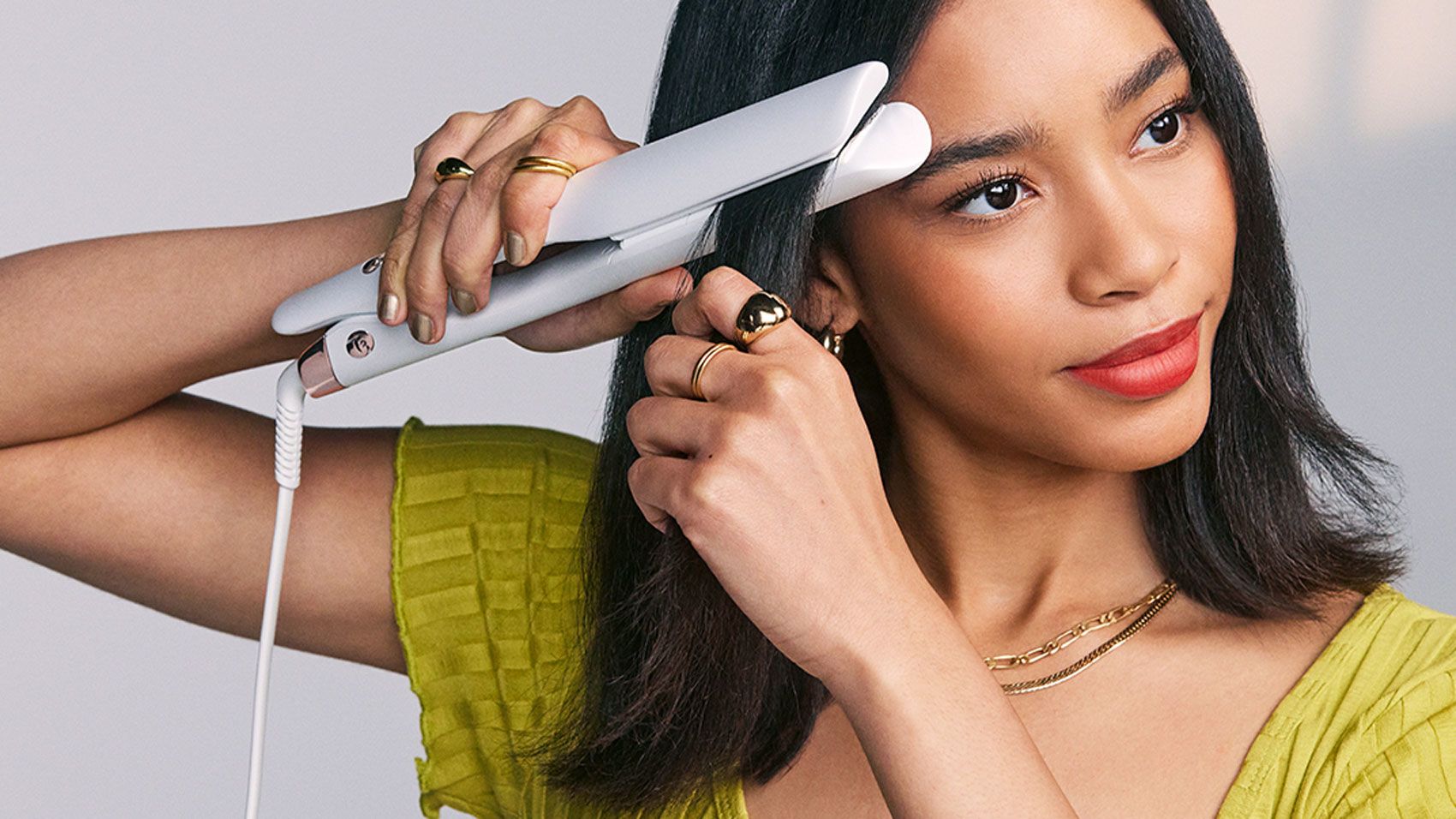
V. Temperature Recommendations for Hair Health
Based on their extensive knowledge and experience, hair care specialists offer temperature recommendations tailored to different hair types, conditions, and styling goals. Fine or damaged hair, for example, is generally more heat-sensitive and requires lower temperatures to avoid unnecessary damage or breakage. Significant heat exposure can result in the depletion of moisture content, leading to dryness, brittleness, and increased vulnerability to breakage. In contrast, thicker or healthier hair may tolerate slightly higher temperatures for effective smoothing or styling. However, it is essential to remember that even with more robust hair, consistent use of high heat can still lead to gradual damage over time. Hair care specialists emphasize the importance of finding the ideal balance between achieving desired styles and preserving hair health. Moderate, controlled heat usage, along with regular hair care practices such as deep conditioning, can help maintain optimal hair health even during heat styling processes.
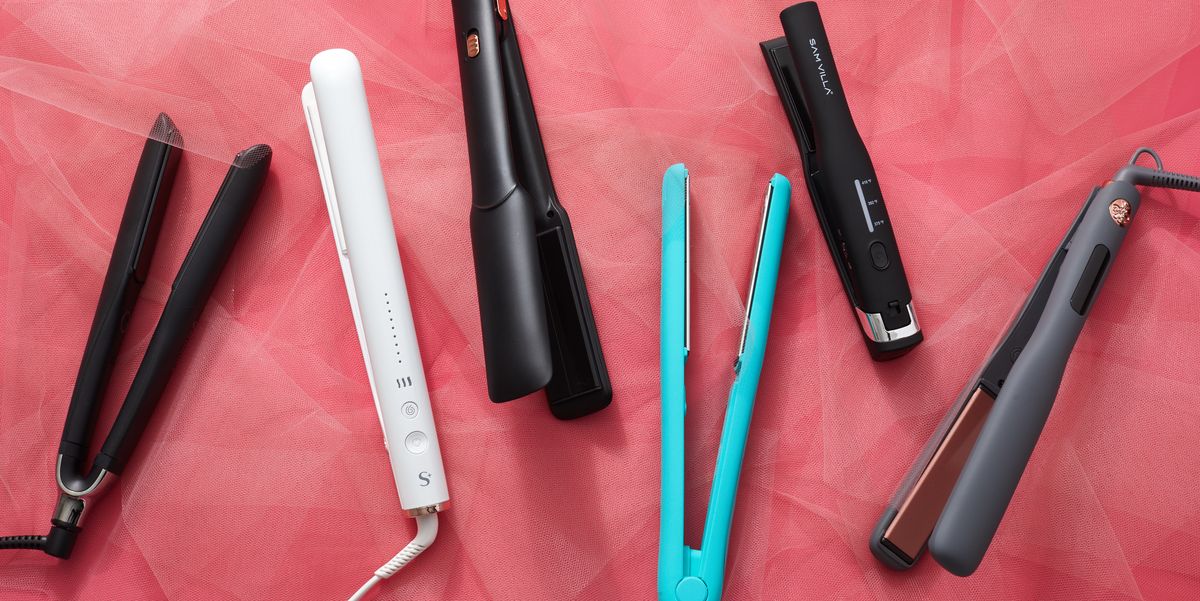
VI. Conclusion
The insights provided by hair care specialists, such as trichologists and dermatologists, are invaluable for understanding the impact of heat on hair health. Their extensive expertise in hair structure, heat sensitivity, and risks associated with excessive heat exposure serves as an essential guide for safe and healthy heat styling practices. By following their recommendations and incorporating protective measures such as heat protectants and moderation, individuals can strike the right balance between achieving fabulous styles and maintaining the health and integrity of their hair. Consulting with a trusted hair care professional can empower individuals to make informed choices and enjoy the benefits of optimal hair straightener temperature while minimizing the risk of undesired damage. With their guidance, individuals can prioritize hair health and ensure that their styling routines promote overall well-being and the continued vitality of their hair.